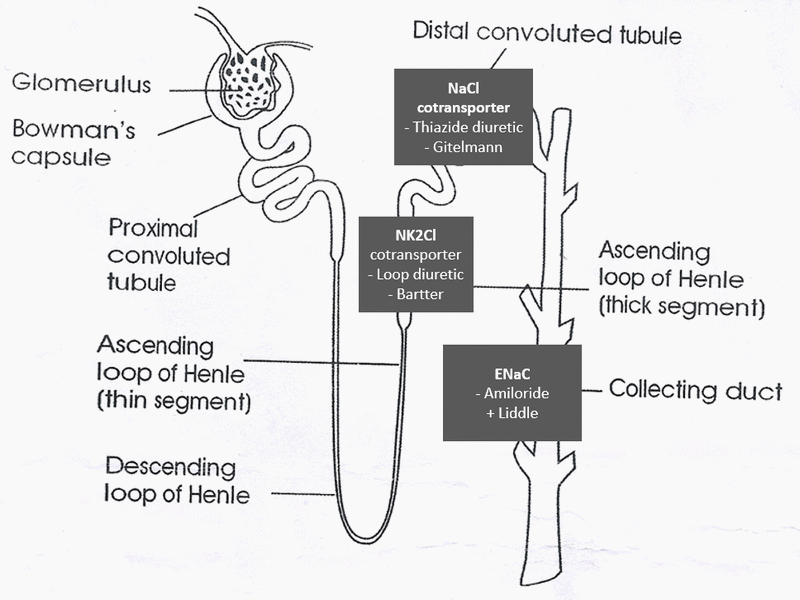The order of the nephron defects in Bartter, Gitelmann and Liddle syndrome follows alphabetical order. Bartter: Thick ascending LOHGitelmann: Distal tubuleLiddle: Collecting duct a. Bartter syndrome: Thick ascending Loop of Henle (LOH) Defect in Na-2K-Cl transporter (like loop diuretics) NaCl wasting, Hypercalciuria and mild hypomagnesemia Mnemonic: Loop diuretics lose calcium…
Author: Epomedicine

Murmurs Made Easy
Mnemonic: SSSS Stenotic lesion of Semilunar valve and Septal defect cause Systolic murmur. From this, you should also be able to remember that regurgitant lesions of semilunar valve causes Diastolic murmur. The stenotic lesions of atrio-ventricular valve causes diastolic murmur and regurgitant lesions cause systolic murmur. Causes of systolic murmur:…
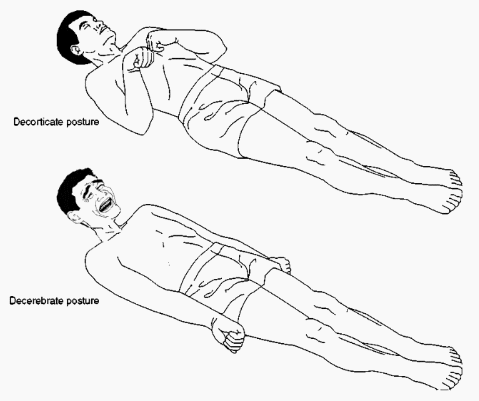
Decorticate and Decerebrate Rigidity – Mnemonics
Rubrospinal tract mediates flexor of the upper arm. Here is a way to remember these two postures and never forget again. Decerebrate has more “E” and more “R”. Extended upper limbs Rubrospinal tract transected (Red nucleus is above the level of lesion, i.e. below midbrain level) Decorticate has “COR”. Upper…
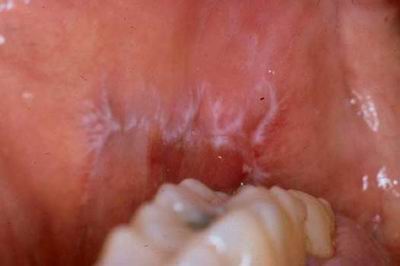
15 “P”s of Lichen Planus
In your medical school, you must have heard about the 5 “P”s of Lichen planus representing the gross morphology of Lichen Planus. This 15 P mnemonic encompasses morphology, drug and other associations and histology of lichen planus. Morphology:PruriticPlanar (Flat-topped)PolygonalPurplePapulesPattern of white lines on papules (Wickham’s stria)Pterygium in nailsPhenomenon of Koebner…

HLA association mnemonics
The genes that encode HLA (Human Leukocyte Antigen) are on chromosome 6. MHC class Type Location Function I HLA-A, -B, -C All cells Recognized by CD8+ lymphocytes II HLA-DP, -DQ, -DR Antigen presenting cells Recognized by CD4+ lymphocytes III Complement components Plasma Chemotaxis, opsonization, lysis of bacteria and cells The…
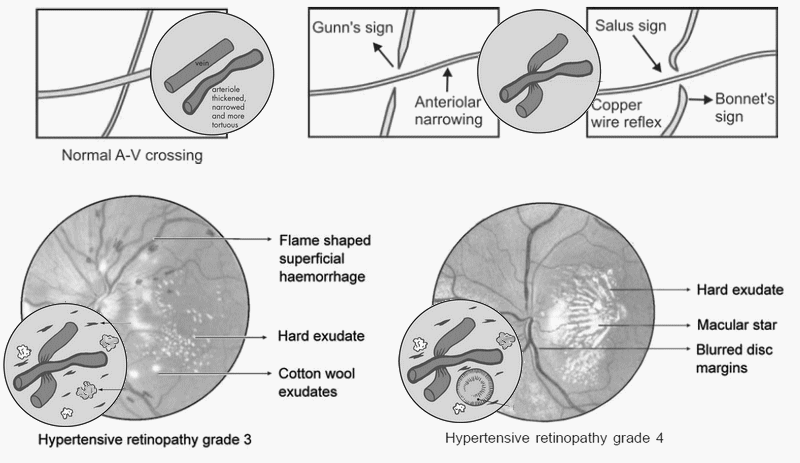
Hypertensive Retinopathy Grading – Simplified
Hypertensive retinopathy has been classified by Keith, Wagener & Barker and Scheie (hypertensive and arteriosclerotic features). With this mnemonic, we will have a grading with combination of all these classifications. Mnemonic: SAFEs I – Slight Systemic (generalized) narrowing of arterioles II – AV deflection (at Angle) and focal narrowing of…
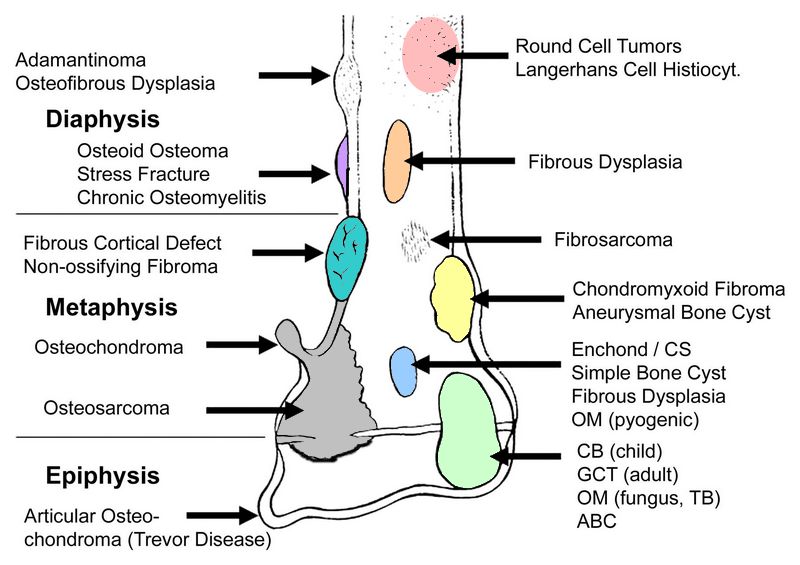
Differential Diagnoses of Bone Tumors : Mnemonic Approach
Lytic and Sclerotic Bone Lesions Mnemonic for Solitary lytic lesions: FEGNOMASHIC Fibrous dysplasia Enchondroma Eosinophilic granuloma Giant cell tumor Nonossifying fibroma Osteoblastoma, Osteosarcoma (telangiectatic) Metastases Myeloma Aneursymal bone cyst Simple bone cyst Hyperparathyroidism (brown tumor) Infection Chondroblastoma Chondromyxoid fibroma Mnemonic for Multiple lytic lesions: FEMHI Fibrous dysplasia Eosinophilic granuloma/Enchondroma Metastasis/Mutiple…
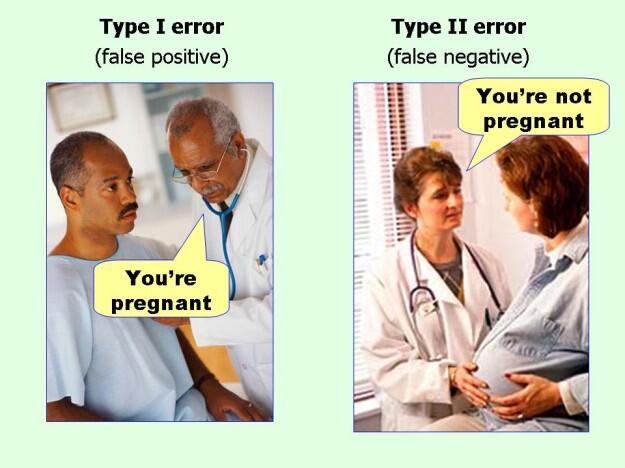
Errors and P-value
Statistical hypotheses Null hypothesis (H0): No difference or relation exists; e.g. Treatment A is not better than Treatment B Alternative or research hypothesis (H1): Some difference or relation exists, e.g. Treatment A is better than Treatment B Statistical errors Type I error (alpha): False positive (Falsely rejecting Null-hypothesis; i.e. null…
